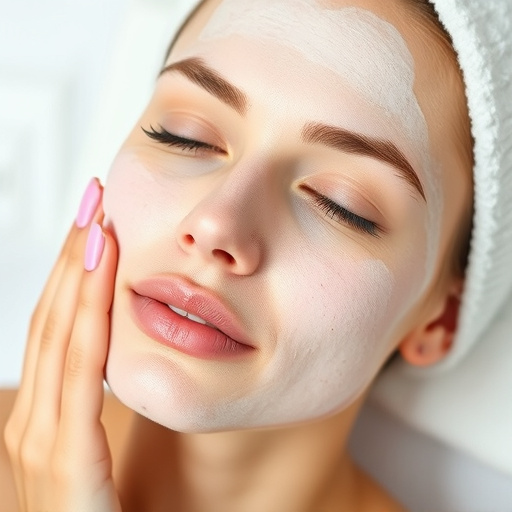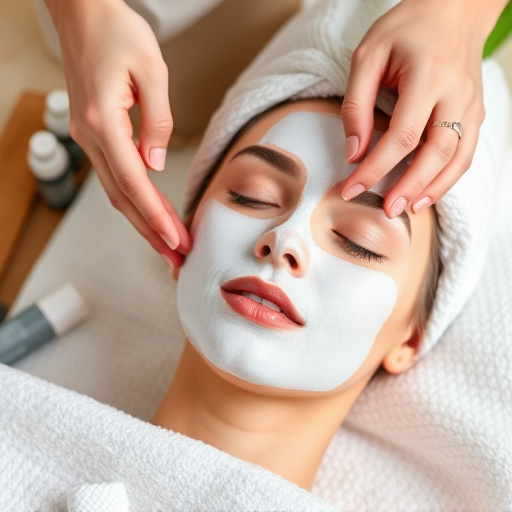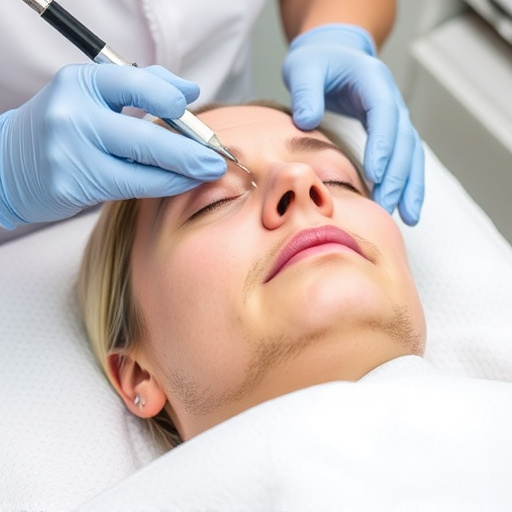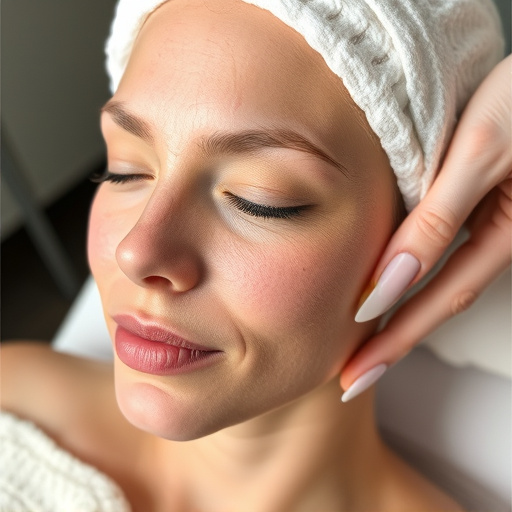Melasma, caused by various factors like hormones, sun exposure, and stress, can be treated effectively with professional help. Options include chemical peels, skincare routines, and sun protection. Prevention involves broad-spectrum SPF 30 sunscreen reapplication every two hours, microneedling facials, hydration, and maintaining a melasma treatment plan for clear, even skin.
“Uncover the ultimate guide to conquering melasma, a skin condition characterized by dark patches. This comprehensive article delves into the intricacies of melasma, exploring its causes and triggers, from hormonal fluctuations to sun exposure. We present an array of effective treatment options, offering hope for clearer skin. Additionally, discover preventive strategies to safeguard against recurrences. Whether you’re seeking understanding or solutions, this guide provides valuable insights into the world of melasma treatment.”
- Understanding Melasma: Causes and Triggers
- Effective Treatment Options for Clearer Skin
- Preventing Melasma Recurrence
Understanding Melasma: Causes and Triggers

Melasma is a common skin condition characterized by dark patches on the face, typically appearing on areas exposed to sun, such as the forehead, cheeks, and upper lip. Understanding its causes and triggers is the first step in effective melasma treatment. The primary culprits behind this skin discoloration include hormonal changes, particularly during pregnancy or due to birth control pills. Sun exposure plays a significant role, with UV rays triggering melanin production in affected skin.
Additional factors contributing to melasma development include certain medical conditions like thyroid disorders, skin injuries, and even emotional stress. Some individuals may also be genetically predisposed to the condition. To address melasma effectively, consider professional treatments such as chemical peels, which can help exfoliate the skin and reduce discoloration. Medical spa services offering targeted skincare routines and hydrating facials can also play a crucial role in managing and preventing melasma recurrence.
Effective Treatment Options for Clearer Skin

Melasma treatment has evolved significantly, offering a range of effective options for clearer, more even skin. Topical treatments, such as those containing hydroquinone or retinoids, have been long-standing staples in addressing melasma. These ingredients help lighten dark spots and stimulate collagen production, leading to improved skin texture and tone.
For more advanced cases, procedures like chemical peels, laser hair removal, and intense pulsed light (IPL) therapy can deliver remarkable results. Chemical peels use a combination of acids to exfoliate the skin, removing the discolored top layers and promoting new, brighter skin growth. Laser hair removal isn’t just about reducing unwanted body hair; certain lasers can target melanin in the skin, helping to fade melasma. Similarly, IPL therapy uses intense pulses of light to disrupt excess melanin production, contributing to overall skin brightening and tightening effects.
Preventing Melasma Recurrence

Melasma prevention is a crucial step after undergoing successful melasma treatment. Consistent sun protection is key; always use a broad-spectrum sunscreen with at least SPF 30 daily, reapplying every two hours during extended outdoor activities. This simple step can significantly reduce the risk of flare-ups and recurrence. Incorporating specific facial treatments like microneedling therapy into your skincare routine may also help. These treatments stimulate collagen production and enhance skin barrier function, providing an extra layer of protection against environmental aggressors.
Additionally, staying hydrated is essential for skin health and melasma prevention. Regularly scheduled hydrating facials can replenish the skin’s moisture levels, improve texture, and promote a healthier complexion. Combining these preventative measures with your regular melasma treatment plan can work synergistically to minimize future discoloration and maintain clear, even skin tone.
Melasma, often referred to as the ‘mask of pregnancy,’ can be a concern for many. Understanding its causes and triggers is the first step towards effective treatment and prevention. With various options available, from topical treatments to lifestyle adjustments, achieving clearer skin is possible. By consistently applying sunscreen, managing stress, and avoiding trigger factors, you can significantly reduce the risk of melasma recurrence. Remember, patience and persistence are key in your journey towards flawless, melasma-free skin.














